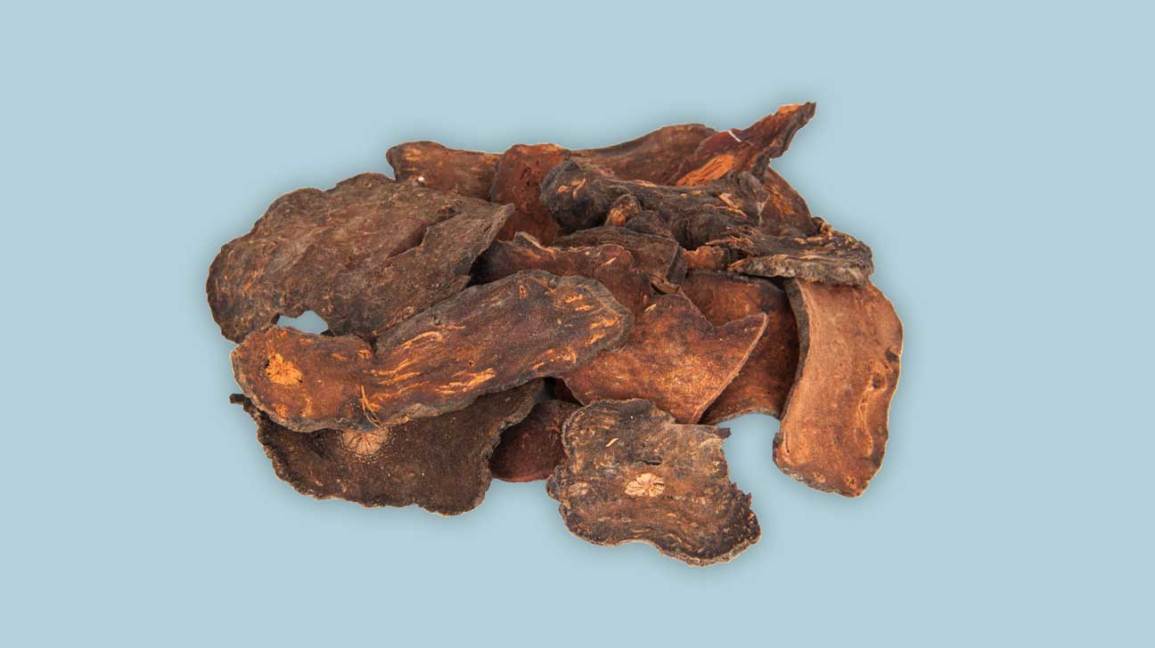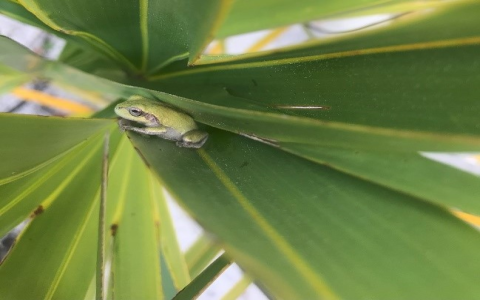Alright, so I’ve been on a bit of a kick lately, digging into some of these old-school remedies. Not to, like, try them all out willy-nilly, but more out of sheer curiosity, you know? It’s fascinating what folks used to believe and use. And that’s how I stumbled down the rabbit hole with Cao Wu, or Aconitum, as some call it.
How I Got Started on This Path
It wasn’t exactly a planned research project. I was actually helping my uncle clear out his attic a few weeks back. Man, the stuff he had up there! Boxes and boxes of old books, trinkets, you name it. Tucked away in a dusty old chest was this ancient-looking notebook, handwritten, with all sorts of notes on herbs and traditional concoctions. Most of it was pretty standard stuff, but one entry for “Cao Wu” really jumped out at me. Not because of what it claimed to do, but because of all the scribbled warnings next to it. That got my gears turning.
So, I decided, okay, let’s see what this Cao Wu is all about. My first step was just, well, looking it up. Simple, right? I figured I’d find some basic info, maybe a few traditional uses. What I found was a whole lot more complicated and, frankly, a bit scary.
Here’s what my little investigation turned up:

- Historically, yeah, people did use it. The old texts mentioned it for things like serious pain, like deep joint aches, or when people felt intensely cold and weak. They thought it could, like, jolt the system back to life.
- But, and this is a HUGE but, every single source, old or new, screamed “DANGER!” This wasn’t like your average herbal tea. This stuff is potent, and I mean seriously potent.
- The old-timers who did use it apparently had very specific, very complicated ways to process it, trying to make it less dangerous. They weren’t just plucking it and throwing it in a pot. There was a whole ritual, a whole science to it, passed down carefully.
- Modern science backs this up. They’ve identified the compounds in it, and yep, they’re highly toxic if not handled with extreme, and I mean EXTREME, caution by people who absolutely know what they’re doing. We’re talking stuff that can mess with your heart and nerves in a big way.
My “Practice” and What I Really Learned
So, my “practice” with Cao Wu wasn’t about brewing it or anything like that. Goodness, no. My practice was the process of learning about it, understanding its history, and respecting the heck out of it. It was about seeing how something could be viewed as both a powerful helper and a serious threat, all at the same time.
Honestly, it was a bit of a wake-up call. It’s easy to romanticize old ways, but this experience really hammered home that “natural” doesn’t always mean “safe.” Not by a long shot. It made me appreciate the knowledge of a trained TCM doctor even more, because they spend years learning how to handle these powerful substances, if they even use them at all, and under what very specific conditions.
I didn’t end up with a new remedy to try, that’s for sure. What I did get was a deeper respect for the fine line between medicine and poison, especially with some of these really strong traditional herbs. It’s a good reminder to always, always do your homework and be super cautious. My little dive into Cao Wu ended up being more about understanding boundaries and the importance of expertise than anything else. And sometimes, that’s the most valuable lesson you can get from these old things.


